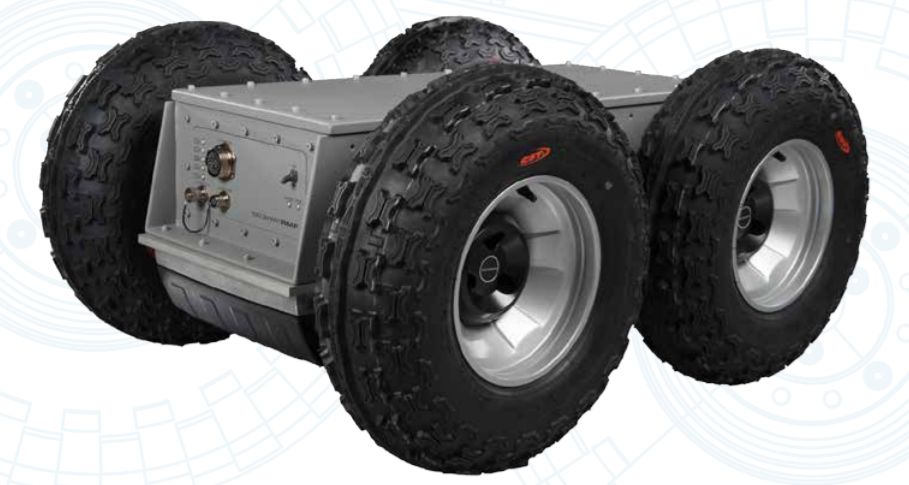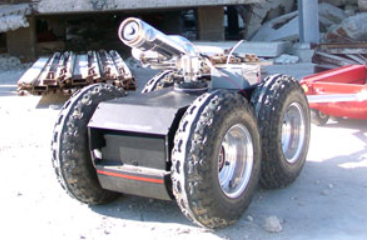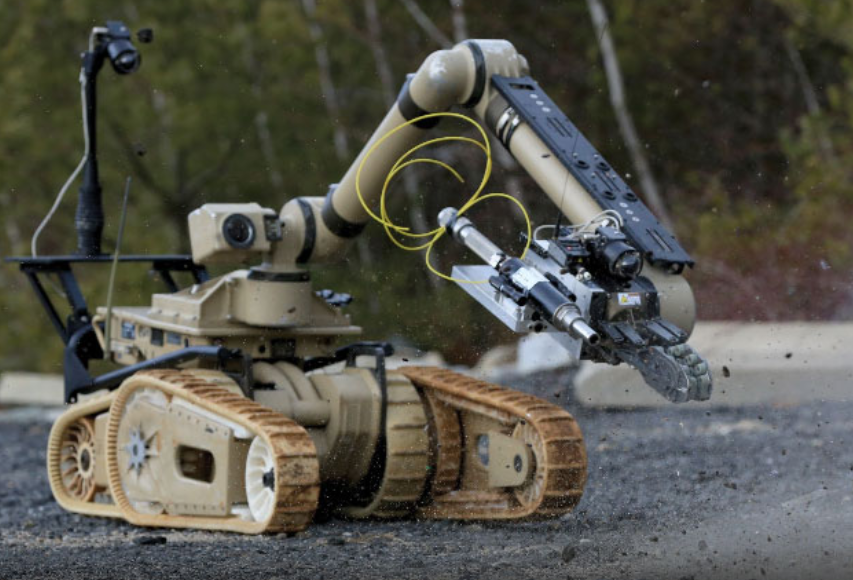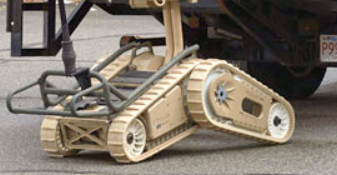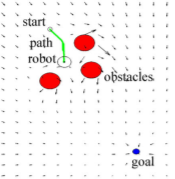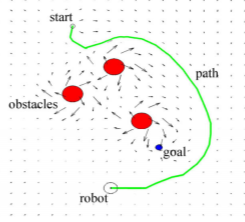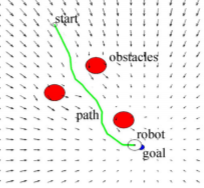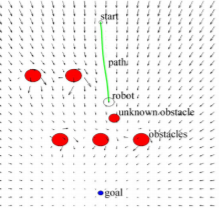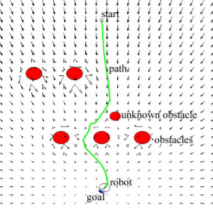PRE2017 1 Groep1
| Members of group 3 | |
| Bern Klein Holkenborg, Mechanical Engineer | |
| Sjoerd van Heesbeen, Mathematician | |
| Luke van Unen, Software Scientist | |
Introduction
In this project, problems are solved from a societal perspective. Engineers usually look at engineering problems, but fail to notice that either the problem is of no issue for the user or society, or the problem may be irrelevant for the problem the user or society has. This project explores the utility of just that: looking from a user's need. For the course a problem is posed which is be detailed below.
Problem Definition
The world is more populated than it ever has been, and so is the Netherlands. With as much as seventeen million people to govern, control and live is difficult and tranlate to many issues. Society is build from many different people with own ideals, ideas and way of living. Friction between people or friction between them and the law is more common the more people there are, and now with more people than ever this is a real issue. The police force acting as a regulator for these problems contributes a significant factor in deminishing the problems arraising from society. However, the police has issues growing in effective employees to regulate the society, due to management problems and financial problems. Historically, problems with too few (or too much) personell has been solved by automation. So why is the police force not as automated as it maybe should be? In the past, these automated problems were often repetetive or non-complicated, whereas a police task is hugely complex: Every situation is different, there are safety concerns and the police works with humans, not objects.
Objective
As described above, to keep up with population growth, the police force has to evolve to a (partly) automated force. The objective for the project is just that. A robot should be created to automate an otherwise employee intensive police task. This without bringing user or society in harm. The robot should be save to interact with, useful and should be able to cope with every situation it faces. Already there are real police robots wandering in the streets (Dubai), however they often lack in almost every situation compared to human officer. The goal of the project would be far to enthusiastic to design such a robot. In this project, a specific police task will be tackled. To define this better, a few examples: Speeding control, a mobile robot could check wherever, whenever for speeds. An automated alchohol check can be done, a robot could be set up to automatically check if a driver is allowed to drive or not. A robot that monitors a vehicle chase, a mobile robot unit will likely be faster, cheaper and more varsetile than a police helicopter will ever be. The specific police task tackled will be chosen later based on an interview with the police.
Approach
To tackle the best problem, it has to be investigated how and why a police task is done and how this could be automated. An interview with the police should clearify both that, and should also narrow down the problem to a single task. The task should be investigated in detail. As before, why and how is it done, what rules are there, what is to be kept in mind during the task, how do people react to the task, is it safe to automate it in the proposed method. When all the parameters are defined, a robot can be designed both technically and functionally. After designing the robot, the design has to be verified by both the police and users which can be done by enquete, interview and maybe even a prototype test.
USE
User aspect
Society aspect
Enterprise aspect
Functional Investigation
State of the Art
Crowd control has been an issue for decades. There is less chance of being arrested in a large group of people, thus naturally, crowds often are unpredictable and violent for the environment and crowd control force. And since there are a lot of people now, and in the past, sharing a common thought, crowds gathering is of daily occurence. Because of this, researchers and engineers have already tried to investigate how to minimise damage of such crowds by optimising crowd control techniques and preventing crowds from harming the controlling agents by, for example replacing the human agents with robotic ones. An analysis of such robotic crowd control techniques is presented here to investigate different techniques, possibilities and tricks to keep in mind for the design of our own robot.
Drivetrain
Segway RMP440
The Segway RMP440 is a 4 wheel off-road flexible transportation robot. The Segway RMP440 is designed so it can navigate loose, rough and steep terrain. It does that with this 4 big wheels, driven by a powerful DC motor per wheel, allowing it to drive upto 29km/h and deliver 100N-m torque. It can drive through 250mm of water and traverse slopes of 30 degrees. It is controlled by user input from control software from a PC. The robot is designed to handle 90kg of payload through rough terrain. The type of payload is upto the user, this can vary from carrying equipment upto weapons (or waterguns as seen in the figure below). The battery lasts 8 hours at operating power.
The Segway RMP440 is in many ways effective for the goal we set for crowd control management. The robot is powerful, can drive fast, though rough terrain, lasts long, is strong, and most importantly: it is flexible. It can be mounted with waterguns, shields, guns or any other tool needed for crowdcontrol. Also, the cost is relatively low since the design does not include really advanced hardware. This relatively low cost is important: When multiple robots are purchased and then set up to connect to each other, these things could be driven by an autonoum program that navigates multiple of these robots simultaniously, performing known crowd control techniques for optimal crowd control. Since the control software is already written, it would only have to be modified and adapted for autonomous control.
Endeavor Robotics Kobra
The Kobra from Endeavor Robotics is like the Segway RMP440 an off-road flexible transportation robot. From their specification sheet:
The Kobra was designed to provide unmatched strength, power and payload support in an easy to operate robot package. Kobra has a lift capacity of 330 pounds (150 kg) and integrates numerous payloads to expand your operational area. Kobra can reach over 11.5’ feet (3.5 m), easily climb stairs, fit through doorways or down aisle-ways and store or deploy directly from the back of a small 4x4 vehicle. Able to achieve sustained speeds of 8 mph (12.9 km/h) while carrying 150-pound payloads, the Kobra maintains mobility on rough terrain in all weather conditions.
It can climb 55 degrees slopes, even steeper than the Segway RMP440. It also comes with four cameras, radio repeater compatible with the Endeavor Robotics software, and can be expanded with multiple accessories, sensors and disruptors (guns). Also it's runtime is 10 hours at operating conditions.
What makes this robot especially viable for our goal is the special caterpillar capability illustrated in the figure on the right. The robot has four caterpillars which can move independently. This results in optimal grip on all terrains, can deal with sudden changes in elevation (such as sidewalk curbs). It also enables for flexible movement and zero radius turns.
????
????
Crowd control technique
????
????
Multiple robot control
Evolutionary Artificial Potential Field
This method of robot control focusses on single robot control, but is probably a good option to expand for multiple robot control. The Evolutionary Artificial Potential Field (EAPF) method in general deal with motion planning that includes two different but complementary tasks: plath planning and motion planning. Path planning is responsible for generating a set of positions in the workspace that can drive the robot from it's initial position to the target position. Motion planning takes in account the path plan, but translates this to how the robot should actuate this path.
The EAPF is actually an optimisation of the Artifical Potential Field (APF) method. The APF method is illustrated in the figure below:
The robot in this figure prefers low rather than high potential, thus moves from the right to the left meanwhile avoiding the repulsive pillars. This method seems fine, however there is a massive drawback: the robot could be trapped in a local minimum of potential and get stuck. The problem is the robot checks the potential locally, and when it has navigated to a minimum it has no way of knowing how to proceed since locally, the potential is worse in every direction. This is illustrated in the APF Local Minimum figure.
It also turns out the system has difficulties in dynamic situations where obstacles change position or suddenly appear.
To solve the minimum problem of APF, EAPF was designed. EAPF attaches a cost to the potential. The EAPF method then tries to find a path to the goal that minimizes this cost. Only information on the position of the robot, obstacles and the goal is needed for this method. This way, a global planning is implemented to solve the local planning issue of local minima.
In the paper Optimal Path Planning Generation for Mobile Robots using Parallel Evolutionary Artificial Potential Field cited in the sources chapter, an even better method is proposed which uses the EAPF and adds Generic Algorithms to improve the path planning for dynamic environments with less computational power and a bigger workspace. Experiments in the paper show some promosing results:
Police thoughts
User thoughts
Design
Requirements
To design this kind of robot there are three sorts of requirements that have to be met. First of all the robot needs to meet some technical requirements, it must have the tools to accomplish something. Then there are two sorts of functional requirements, first there are the requirements about the decision making of the robot. Second there are ethical requirements, while there are a lot of ethical rules when you treat with people.
Decision making: During a riot, people must be driven to a safer place, the robot has to make a decision when to push the people and to what place. Therefore the robot need to have contact with the other robots and riot police, together they have to make a choice what the best option is. The robot also need to make decisions when it comes to signaling crimes, so they can arrest them.
Technical requirements: The robot has to sustain a lot of violent people, so it needs to be made out of sustainable, hard materials. Next to that it has to stand solid as people will try to push it over, it must hold over 10 people pushing against the robot. Furthermore it must have the ability to arrest people, so it has to have a mechanism to hold people. For making the decisions the robot must see, it has to have an overview of the situation, it must detect people, actions and safer places.
Ethical requirements: Because you are dealing with people there are a lot of ethical rulings you have to take in mind. You can't assault a troublemaker without any reason, also the means are restricted by these ethics. Shooting is easily ethical irresponsible, you also can't hold a person without reason. These ethical decisions will have to be implemented in the decision making, in a further stage of the project we will discuss the ethical restrictions and possibilities.
Functional
Technical
Validity of design
Police thoughs
User tests
prototype?
Sources
http://endeavorrobotics.com/products#710-kobra http://endeavorrobotics.com/media/docs/English%20Specs/Endeavor%20Robotics%20PackBot%20Spec%20Sheet.pdf http://rmp.segway.com/downloads/RMP440LE.pdf https://link-springer-com.dianus.libr.tue.nl/content/pdf/10.1007%2Fs10846-014-0124-8.pdf
